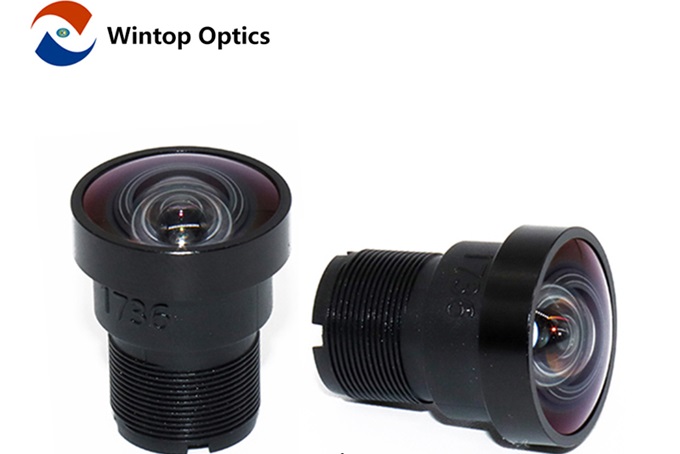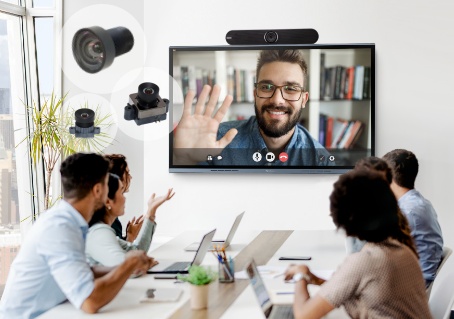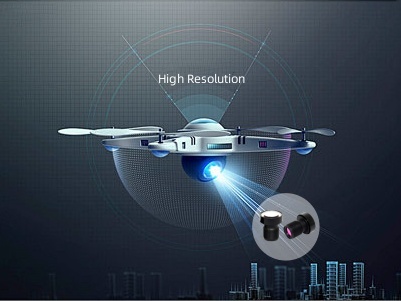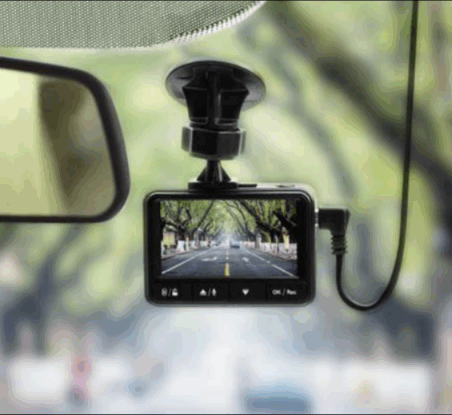What is the video doorbell lens and choosing the best video doorbell lens
May 09, 2024
Video doorbells have revolutionized home security, offering homeowners enhanced monitoring capabilities and convenience. At the core of these devices lies the video doorbell lens, a crucial component responsible for capturing clear images and videos of visitors and events around the home. In this article, we'll delve into the intricacies of video doorbell lenses and provide insights on selecting the best option, with a particular focus on the YT-1736P-H8 model and intelligence home device lenses.
The video doorbell lens is the optical component that captures images and videos of the area surrounding the front door. It acts as the "eye" of the video doorbell, allowing users to see who is at their door and monitor their property remotely. These lenses come in various types and specifications, each offering unique features and capabilities.
When choosing the best video doorbell lens, several factors should be considered. Firstly, the lens's field of view (FOV) determines how much area the camera can cover. A wider FOV allows for more comprehensive monitoring but may result in distortion at the edges of the image. The YT-1736P-H8 model boasts a wide angle lens with an expansive FOV, ensuring maximum coverage of the entryway.
Another crucial aspect to consider is the lens's resolution, which determines the clarity and detail of the captured footage. Higher resolution lenses, such as those found in intelligence home device lenses, produce sharper images and videos, making it easier to identify individuals and objects. The YT-1736P-H8 model features a high resolution lens, providing crystal-clear visuals even in low-light conditions.
Additionally, the lens's night vision capabilities are essential for around-the-clock surveillance. Opt for a video doorbell lens equipped with infrared LEDs for clear visibility in low-light or nighttime environments. The YT-1736P-H8 model excels in this aspect, offering superior night vision capabilities for enhanced security after dark.
Furthermore, consider the lens's compatibility with other smart home devices and platforms. Integration with platforms like Alexa or Google Assistant enables seamless connectivity and additional functionalities, such as voice control and automation. The intelligence home device lens, including the YT-1736P-H8 model, is designed to integrate effortlessly with various smart home ecosystems, enhancing overall home security and convenience.
In conclusion, the video doorbell lens is a critical component of any home security system, offering users a glimpse into their doorstep and surroundings. By considering factors such as field of view, resolution, night vision capabilities, and compatibility, homeowners can choose the best video doorbell lens to suit their needs. The YT-1736P-H8 model and intelligence home device lenses stand out as top contenders, providing superior performance and features for enhanced peace of mind and security.



